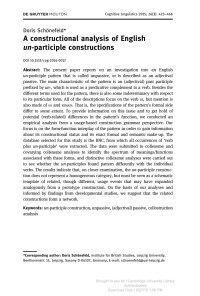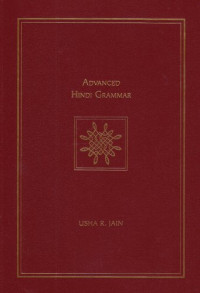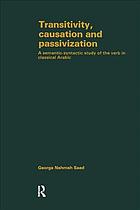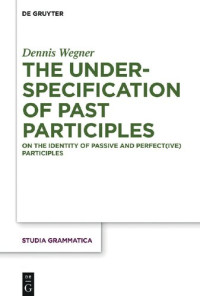
Passivization and Typology: Form and Function
Werner Abraham (Ed.), Larisa Leisiö (Ed.)
Is the passive a unified universal phenomenon? The claim derived from this volume is that the passive, if not universal, has become unified according to function. Language as a means of communication needs the passive, or passive-like constructions, and sooner or later develops them based on other voices (impersonal active, middle, reflexive), specific semantic meanings such as adversativity, or tense-aspect categories (stative,perfect, preterit). Certain contributors review the passives in various languages and language groups, including languages rarely discussed. Another group of contributors takes a novel theoretical approach toward passivization within a broad typological perspective. Among the languages discussed are Vedic, Irish, Mandarin Chinese, Thai, Lithuanian, Mordvin, and Nganasan, next to almost all European languages. Various theoretical frameworks such as Optimality Theory, Modern Structuralist Approaches, Role and Reference Grammar, Cognitive Semantics, Distributed Morphology, and Case Grammar have been applied by the different authors.
عام:
2006
الإصدار:
1st
الناشر:
John Benjamins Publishing Company
اللغة:
english
الصفحات:
553
ISBN 10:
9027293252
ISBN 13:
9789027293251
سلسلة الكتب:
Typological Studies in Language 68
ملف:
PDF, 2.57 MB
IPFS:
,
english, 2006
 Amazon
Amazon  Barnes & Noble
Barnes & Noble  Bookshop.org
Bookshop.org  حول الملفات
حول الملفات المزيد من نتائج البحث
المزيد من نتائج البحث مميزات أخري
مميزات أخري 

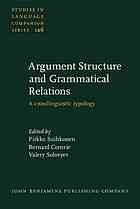






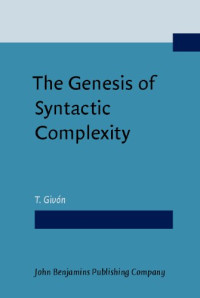


![Constantine R. Campbell [Campbell, Constantine R.] — Basics Of Verbal Aspect In Biblical Greek](https://s3proxy.cdn-zlib.se/covers200/collections/userbooks/7bd206a298418d6b4ae6d92df1f6c2ba98d158e2d925f722190b6668d4f70c17.jpg)
